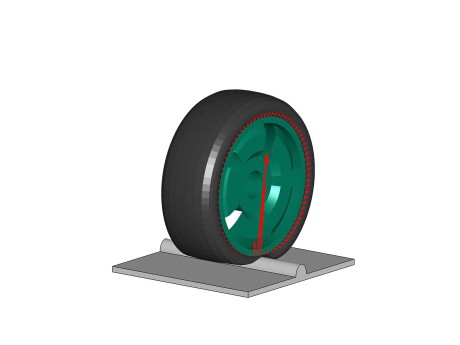The vehicle races along uneven streets, rumbles over stones, crashes across potholes, and slides over icy roads. But of course, only virtually, for it is still far from being produced yet.  With the cars as well as the bumpy test roads, the simulations come first. How operationally stable is the vehicle? Does the design deliver what it promises?
With the cars as well as the bumpy test roads, the simulations come first. How operationally stable is the vehicle? Does the design deliver what it promises?
These kinds of virtual experiments offer many advantages: Different variations of a motor vehicle can be tried out at an early phase of development already, whether an automobile, truck, or tractor, and the design systematically optimized without expensive prototypes. The simulation of the automobile itself is well-understood. However, the tires remain a challenge because they behave in a complex, non-linear manner. The calculation is either very drawn out, computationally intensive, and cannot be easily incorporated into the overall model, or it provides inexact results. Researchers at the Fraunhofer Institute for Industrial Mathematics ITWM in Kaiserslautern developed a simulation tool called “CDTire/3D” that overcomes this dilemma.



